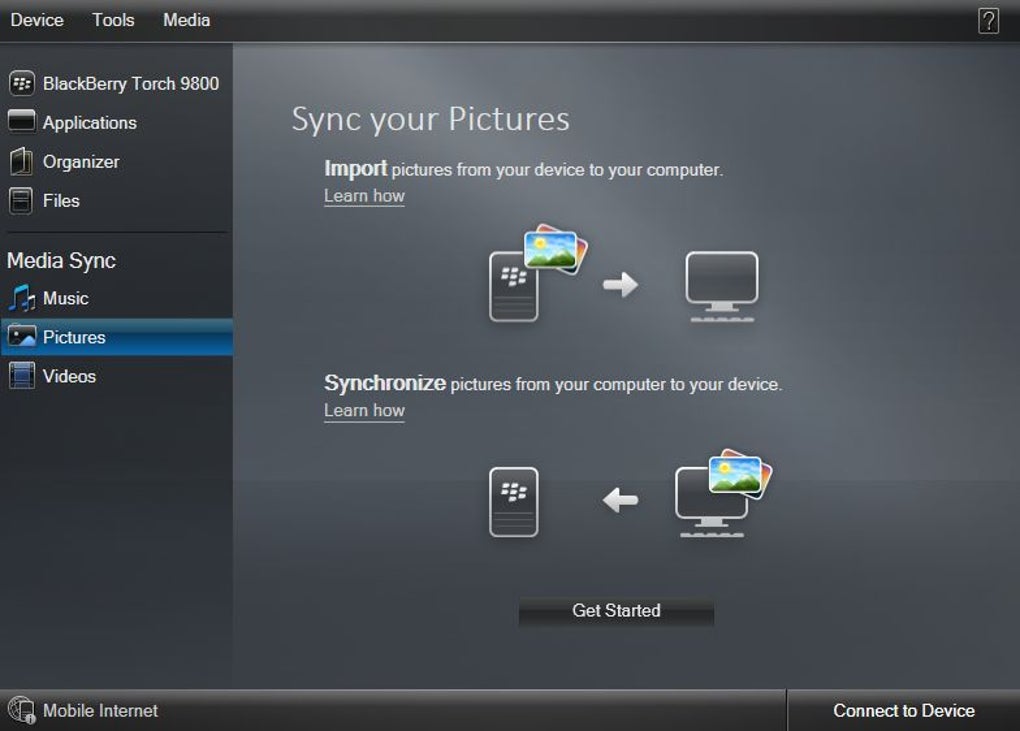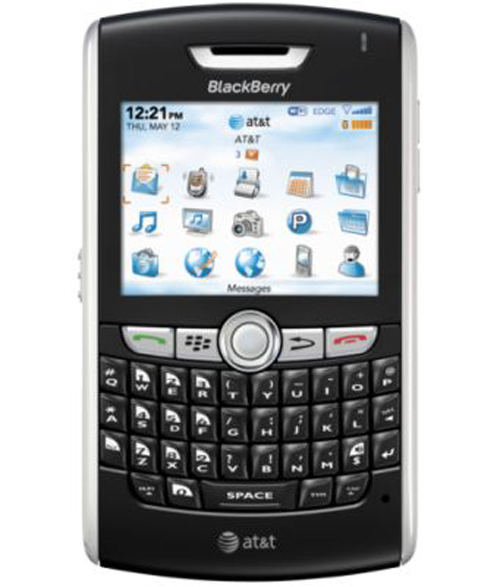- Blackberry Desktop Software Win 10
- Desktop Software For Mac Blackberry Version
- Blackberry Desktop Software
- Blackberry Z10 Desktop Software Download
- Download Blackberry 10 Desktop Software For Mac
- Blackberry Desktop Software For Mac Catalina
BlackBerry Desktop Software for Mac can come to the rescue! On the summary page, we are going to select Restore from the top right corner. A menu will pop allowing us to select the file we want to restore. If the backup file was encrypted, the password will have to be entered in order to restore it. Similar to the backup process, you can select. Download Details: Software Name: BlackBerry Mac Desktop Software v2.4.0.18 (Mac OS) File Name: BlackBerry Desktop Software.dmg: Download Size: 53 MB.
<img src='http://rimhelpblog.files.wordpress.com/2010/12/blackberry-desktop-mac-11.jpg?w=800' alt=' />
Have you ever wondered how to update your BlackBerry® smartphone while using a Mac®? How about removing an application that you do not use anymore? The Mac version of BlackBerry® Desktop Software is the perfect solution for that!
Blackberry Desktop Software Win 10
You can download the software quickly and easily at the BlackBerry Desktop Software website. After installing the software and following these steps, you’ll be able to update your BlackBerry to the latest device software.
- Mac BlackBerry users, rejoice! I just got word from Research In Motion that it plans to release a new version of its BlackBerry Desktop Manager software for Apple's Mac OS X operating system in.
- Open BlackBerry Desktop Software. Connect the BlackBerry to the computer with a USB cable. If necessary, backup the device data to the computer. Click the Applications icon at the top of the BlackBerry Desktop Software. Click Check for Updates. Click Show Other Versions. Select the current version of BlackBerry Device Software and click Select.
Updating BlackBerry Device Software

1. Connect your BlackBerry smartphone to your Mac computer via USB.
2. On your Mac computer, in the Applications folder, click BlackBerry Desktop Manager.
3. Click on Backup at the top of BlackBerry Desktop Software and follow the instructions. This will insure that all of your data is backed up prior to proceeding with the update.
4. Click the Applications icon at the top of the screen.
5. In the list of available applications, select the check box beside one or more applications.
6. Click Start.
<img src='http://rimhelpblog.files.wordpress.com/2010/12/blackberry-desktop-mac-21.jpg?w=800' alt=' />
7. If you’re enterprise-activated with a BlackBerry® Enterprise Server, you will receive the following prompt. Press Continue.
<img src='http://rimhelpblog.files.wordpress.com/2010/12/blackberry-desktop-mac-31.jpg?w=800' alt=' />
8. Then the follow screens will appear until the completion:
<img src='http://rimhelpblog.files.wordpress.com/2010/12/blackberry-desktop-mac-41.jpg?w=800' alt=' />
<img src='http://rimhelpblog.files.wordpress.com/2010/12/blackberry-desktop-mac-51.jpg?w=800' alt=' />
<img src='http://rimhelpblog.files.wordpress.com/2010/12/blackberry-desktop-mac-61.jpg?w=800' alt=' />
<img src='http://rimhelpblog.files.wordpress.com/2010/12/blackberry-desktop-mac-71.jpg?w=800' alt=' />
9. The BlackBerry Device Software update will be complete once the following prompt appears.
<img src='http://rimhelpblog.files.wordpress.com/2010/12/blackberry-desktop-mac-81.jpg?w=800' alt=' />
Updating applications:
You can update the BlackBerry Device Software and other device applications to use new features that are available in the most current version.
1. Connect your BlackBerry smartphone to your Mac computer.
2. On your Mac computer, in the Applications folder, click BlackBerry Desktop Manager.
3. Click the Applications icon at the top of the screen.
4. Click Check for Updates.
5. If updates appear in the list, select one or more applications to update.
6. Perform any of the following actions:
– To check for other versions of the selected applications, click Show other versions.
<img src='http://rimhelpblog.files.wordpress.com/2010/12/blackberry-desktop-mac-91.jpg?w=800' alt=' />
– To back up and restore device data while updating your device applications, select the Back up and restore device data check box.
– To back up and restore third-party applications while updating device applications, select the Back up and restore third-party applications check box.
<img src='http://rimhelpblog.files.wordpress.com/2010/12/blackberry-desktop-mac-101.jpg?w=800' alt=' />
7. Click Start or Downgrade (if you are returning to a previous version of the application).
8. Complete the instructions on screen.
Desktop Software For Mac Blackberry Version
Deleting applications:
1. Connect your BlackBerry smartphone to your Mac computer.
2. On your Mac computer, in the Applications folder, click BlackBerry Desktop Manager.
3. Click the Applications icon at the top of the screen.
4. Clear the check box beside one or more of the applications that you want to delete.
5. Click Start.
6. Complete the instructions on screen.
Let us know what you think – and if you have any questions, please leave them in the comments and we will do our best to help!
System requirements for BlackBerry Desktop Software for Mac OS X
Environment
- BlackBerry Desktop Software for Mac 2.4
- BlackBerry OS version 6 to 7.1
- BlackBerry Device Software 4.2 to 5.0
- Mac OS X 10.6 to 10.8.2
Overview
The following requirements must be met to install and use the BlackBerry Desktop Software on a Mac computer:
BlackBerry smartphone
- Running BlackBerry Device Software 4.2 to 5.0 or BlackBerry OS version 6 to 7.1
- A media card inserted or built-in media storage (for media sync).
Blackberry Desktop Software
Computer
- Mac OS X 10.6 to 10.8.2
- An active Internet connection
- A user account with administrative privileges
- For media sync:
- iTunes 10.5.2 to 10.7 (to sync music from the computer to the smartphone)
- iPhoto '08 to '11 (to import pictures and videos from the smartphone to the computer)
Blackberry Z10 Desktop Software Download
Additional Information
BlackBerry Desktop Software 2.4 is not supported on a Mac running OS X Leopard 10.5.8.

Organizer data syncing is no longer supported on Mac OS X Mavericks 10.9, since Apple has removed SyncServices. See Article 35311 for more information.